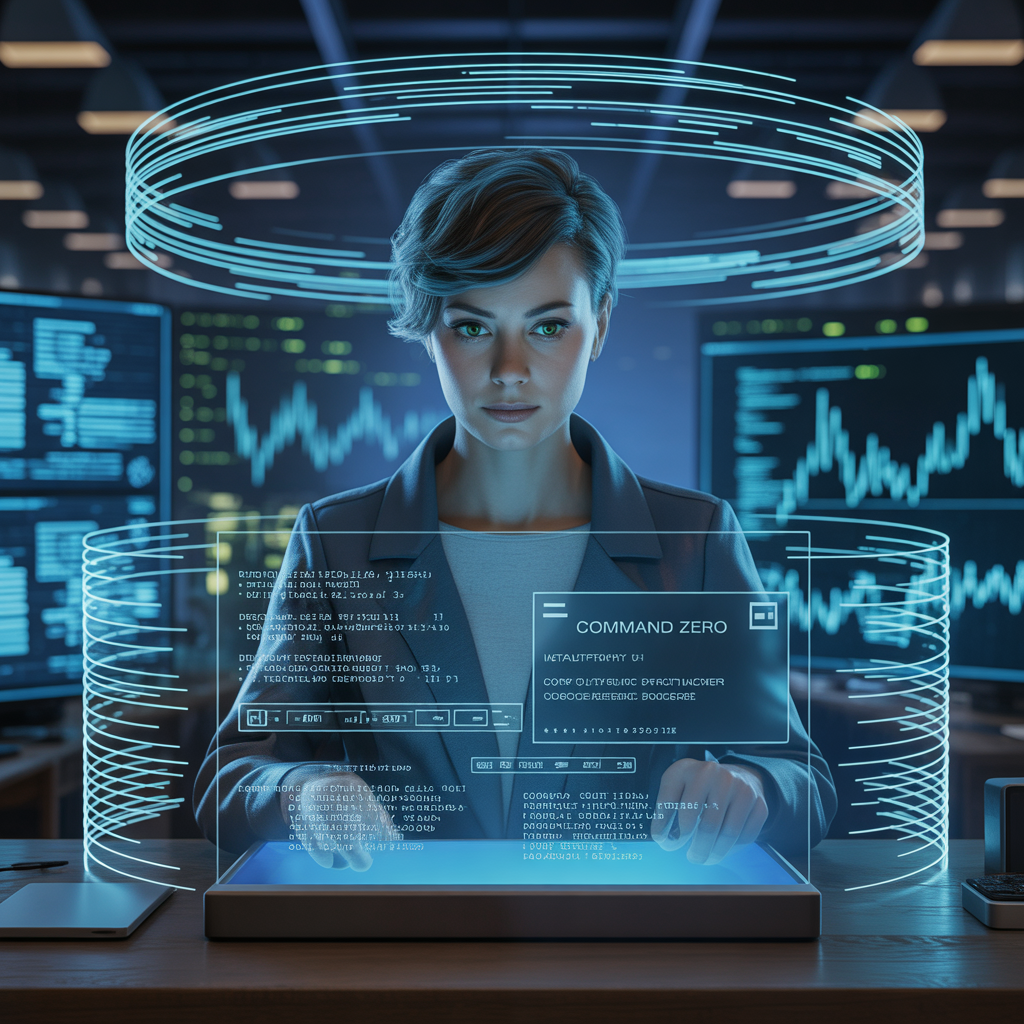Introduction
Security Operations Centers (SOCs) have relied on tiered analyst structures for years, but this traditional approach is rapidly evolving. After 24 years in the industry, I've witnessed the transformation from rigid three-tier hierarchies to more flexible, outcome-driven models. The question isn't whether tiers will disappear entirely—it's how different organizations can adapt their structure to maximize efficiency while maintaining expertise.
The traditional tiered approach for the SOC: Structure with trade-offs
The tiered SOC model originated from traditional IT help desk operations, where tier one handles initial triage using standard playbooks, tier two tackles more complex analysis, and tier three conducts deep forensics and threat hunting. This structure offers clear benefits: formal processes, defined accountability, standardized workflows, and built-in compliance documentation.
When a process fails or an incident escalates unexpectedly, tiered structures provide clear audit trails. You can trace exactly where the breakdown occurred and implement corrective measures. This formality becomes crucial for organizations facing regulatory requirements or those needing to demonstrate due diligence.
MDRs and MSSPs have complicated this traditional model. Some providers offer full-spectrum services covering all three tiers, while others focus primarily on tier one triage. Many organizations now supplement their SOCs with external providers for 24/7 coverage or completely outsource/offshore their tier one operations due to budget constraints or staffing challenges.
The tierless movement: Ownership from start to finish
Tierless SOCs eliminate formal tier boundaries, allowing analysts to own investigations from initial alert to final resolution. Instead of handing off cases through multiple levels, one or two analysts shepherd the entire lifecycle of an investigation.
This approach addresses several pain points I've observed. In traditional tiered structures, analysts often get stuck in their roles. Organizations lack the budget or investment to formally train tier one analysts for tier two responsibilities. The only career advancement becomes leaving for another company—where that analyst might start over at tier one again because their previous employer couldn't provide advancement opportunities.
Job satisfaction while dealing with repetitive, routine daily tasks becomes a critical factor. I've met analysts whose daily routine consists entirely of phishing investigations with no automation support. This monotony contributes heavily to burnout and turnover, which remains rampant in our industry.
Benefits and challenges of going tierless
Eliminating handoffs creates immediate value for case management and efficiency. Analysts see investigations through completion rather than passing cases into a "black hole of invisibility." This end-to-end ownership reduces context loss and time wasted on handover briefings.
Single accountability layers emerge naturally. When one analyst handles the entire investigation, you recoup time normally lost during escalations where previous work must be explained and re-contextualized.
However, tierless approaches create new challenges. The same analysts working through entire investigations can erode specialist expertise. You lose deep visibility into specific technologies when everyone becomes a generalist. The cost of analysts increases because each person needs full-spectrum understanding across your entire product suite—network, endpoint, cloud, and everything in between.
For larger organizations with diverse technology stacks, this knowledge requirement becomes substantial. Every analyst must achieve near-expert status across all deployed technologies, significantly increasing training costs and ramp-up time.
How AI is reshaping security operations
AI is accelerating the transformation regardless of your chosen tier structure within the SOC. The most obvious impact is automation acceleration. Tier one work is increasingly automated, and even MDRs and MSSPs incorporate significant AI capabilities into their service delivery.
AI for SOC addresses one of the biggest challenges in tierless operations: knowledge gaps. When analysts encounter unfamiliar technologies, they traditionally spend considerable time researching through Google, Reddit, and technical forums. AI chatbots like ChatGPT, Claude, and Perplexity allow analysts to quickly understand what they're looking at, why it matters, and how to investigate it effectively.
This knowledge democratization doesn't eliminate the need for subject matter expertise. Deep forensics and nuanced investigations will always require human experts. The key is using AI to augment analyst capabilities while maintaining that critical "trust but verify" approach. You still need enough expertise to validate AI outputs and avoid hallucinations.
The future of SOC tiers
Organizations with hiring capacity and compliance requirements will maintain structured tiers. These companies benefit from formal processes and have the resources to invest in progressive career development through tiered advancement.
Smaller organizations will continue struggling with traditional models. You'll see full outsourcement for small businesses and continued tier one erosion for medium-sized companies. The deluge of alerts combined with difficulty obtaining and retaining expertise drives this trend.
The most likely outcome is an amalgamation of tier two and tier three roles. Some organizations will find success with tierless models, while others will implement more structure as they grow. The erosion of tier one appears inevitable as automation and outsourcing handle initial triage more effectively.
Picking the right tier structure for your SOC
The decision between tiered and tierless structures depends on your specific context. Consider your budget constraints, compliance requirements, technology diversity, and ability to hire and retain talent.
Larger organizations with complex compliance needs and substantial budgets will likely maintain some tier structure. Smaller organizations or those struggling with tier one staffing may benefit from tierless approaches, especially when combined with AI augmentation and strategic outsourcing.
The most successful SOCs will be those that remain flexible—adapting their structure as technology, threats, and organizational needs evolve. Whether you choose tiers or go tierless, the goal remains the same: enabling your analysts to deliver their best work while efficiently protecting your organization.
Command Zero empowers tier-2+ analysts through autonomous and user-led cyber investigations, regardless of your SOC structure. Learn more at cmdzero.io.







